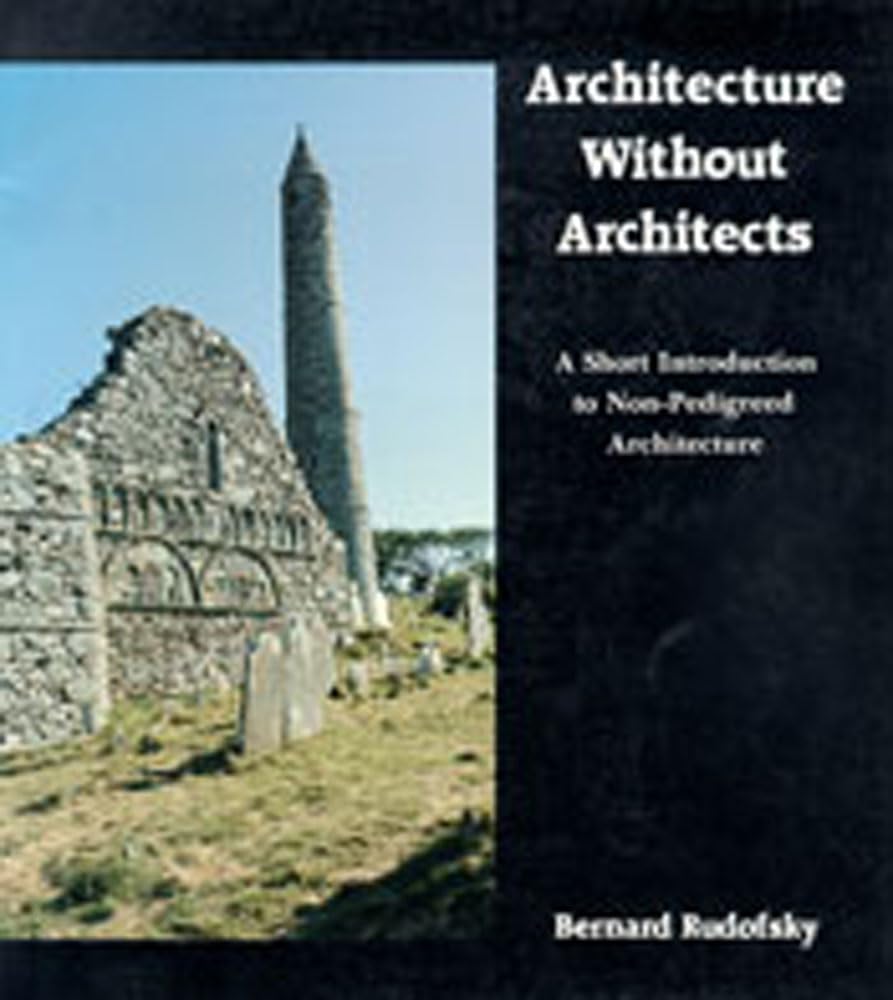
Title

Architecture Without Architects: A Short Introduction to NonPedigreed Architecture,New
Processing time: 1-3 days
US Orders Ships in: 3-5 days
International Orders Ships in: 8-12 days
Return Policy: 15-days return on defective items
In this book, Bernard Rudofsky steps outside the narrowly defined discipline that has governed our sense of architectural history and discusses the art of building as a universal phenomenon. He introduces the reader to communal architecturearchitecture produced not by specialists but by the spontaneous and continuing activity of a whole people with a common heritage, acting within a community experience. A prehistoric theater district for a hundred thousand spectators on the American continent and underground towns and villages (complete with schools, offices, and factories) inhabited by millions of people are among the unexpected phenomena he brings to light.The beauty of 'primitive' architecture has often been dismissed as accidental, but today we recognize in it an art form that has resulted from human intelligence applied to uniquely human modes of life. Indeed, Rudofsky sees the philosophy and practical knowledge of the untutored builders as untapped sources of inspiration for industrial man trapped in his chaotic cities.
⚠️ WARNING (California Proposition 65):
This product may contain chemicals known to the State of California to cause cancer, birth defects, or other reproductive harm.
For more information, please visit www.P65Warnings.ca.gov.
- Q: What is the main focus of the book 'Architecture Without Architects'? A: The book explores non-pedigreed architecture, emphasizing communal building practices created by ordinary people rather than trained specialists.
- Q: Who is the author of 'Architecture Without Architects'? A: The author is Bernard Rudofsky, who offers insights into the art of building from a historical and cultural perspective.
- Q: What type of architecture does the book discuss? A: It discusses communal architecture, highlighting buildings that arise from collective cultural experiences rather than formal architectural education.
- Q: What year was 'Architecture Without Architects' published? A: The book was published on July 1, 1987.
- Q: How many pages does the book have? A: The book contains 157 pages.
- Q: What condition is the book in? A: The book is listed as a used book in good condition.
- Q: Is there any specific edition of the book? A: Yes, it is a reprint edition.
- Q: What can readers expect to learn from this book? A: Readers can expect to gain insights into the philosophy and practical knowledge of untutored builders and how their approaches to architecture can inspire modern practices.
- Q: What is the binding type of 'Architecture Without Architects'? A: The book is available in paperback binding.
- Q: Is this book suitable for someone interested in architectural history? A: Yes, it is suitable for readers interested in architectural history, particularly the evolution of communal and non-traditional building practices.

